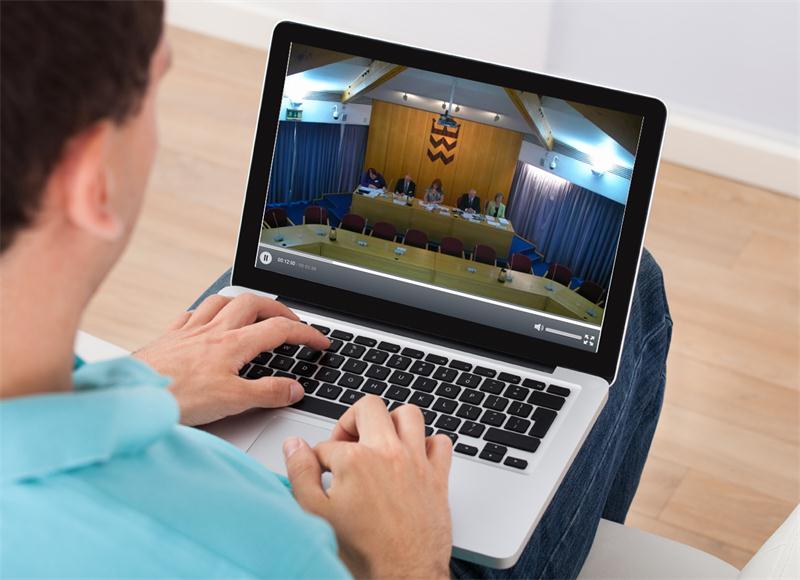What Is a Webcast and How Does It Work?
The evolution of technology has revolutionized the way organizations conduct their day to day operations. As such, the business world is constantly adapting to keep pace with the ever changing technology. While there is no certain way to foretell the future innovations, there are technologies already that have influenced how businesses operate. One of the most popular forms of technology that is revolutionizing the business world is webcast.
These tools are increasingly common, allowing companies to reach leads, customers, and staff regardless of their geographical locations. More and more companies are using this technology to host meetings without wasting time traveling from company to company. So what is a webcast and how does it work? Read on to find out.

What is a webcast?
Webcast is nothing more than a conference or presentation that is conducted online. Participants can watch the presentation and send questions to the speaker or engage other delegates. Webcasts is accessed through any device and offer gated entry, post-event registration as well as post-event data to examine performance. Because engagement is a top priority for web conferences, webcasting technology supports the functionalities for controlled audience engagement. Webcasting is no longer restricted to businesses. Streaming live events such as e-learning trainings, corporate presentations and investor presentations, for instance, are among the common use cases these days.
Webcasts allow your audience to remain engaged as if they are in a face-to-face meeting. The server that hosts webcasts can be designed so that participants from other cities, states or countries can field questions and get answers in real-time. Webcasts also allow clients to track participation and performance, thus improving accountability. Moreover, instructors can deliver from anywhere, as long as they have access to the internet. For training staff, everybody can get the same training at the same time, which ensures consistency. Webcasts allow clients to record and store presentations to allow people who cannot be present for live events to see what was provided in the meeting.
These tools can accommodate thousands of viewers, making them ideal for multinationals. Webcasts can be utilized to communicate with customers on new merchandize and services, thus reducing lead generation time. They can also be sued to offer live training classes and product info to your customers, partners and employees. You can also use this tool to host live meetings, make live announcements or create awareness about various events. ezTalks Cloud Meeting, one of the most popular webcasts in the webcasting arena, gives users the ability to inform their clients about their upcoming events.
How does it work?
Whether or not a webcast is on demand, real-time, video, or audio the media transmission must have a broadcasting hardware which acts as an origination point. The hardware can be as easy as a single computer, or as complicated as a large collection of servers working jointly. As well as broadcast hardware, there must be a software solution that can handle user transmissions. While the hardware’s main role is to process the data being broadcast in real-time, the software is responsible for ensuring every user requesting the broadcast gets a copy of the webcast assigned to him. Webcasts is dependent upon the audience that has access to the internet in order to complete the cycle. Each person that wants to join the conference is sending a request to both the webcasting hardware and software.
When this request is received, webcasting hardware and software send a virtual channel to the participants of the meeting. The channel then sends the webcast to the participant’s device through the internet. Based upon the chosen broadcasting platform, the participant can take part in the meeting using a PC, a mobile phone or any other device that is supported by the platform. If you are using a computer, don’t forget to have the speakers on. If you wish to speak, you can do so using your own microphone. Realize that the way the webcasts audio function is that delegates are muted to evade feedback noise. If you wish to talk, click on the hand button to raise your hand and the moderator will give you a chance to speak. Clipart & PNG image source from pngkey, nicepng, pikpng, pinclipart.
Conclusion
If you have been wondering what is webcast and how does it work, now you know. Webcasting expands the ability of any country to reach a bigger audience. The technology breaks down barricades that have in the past made engaging large audience instantaneously very difficult. Travel costs and time are eased with the use of webcasting.